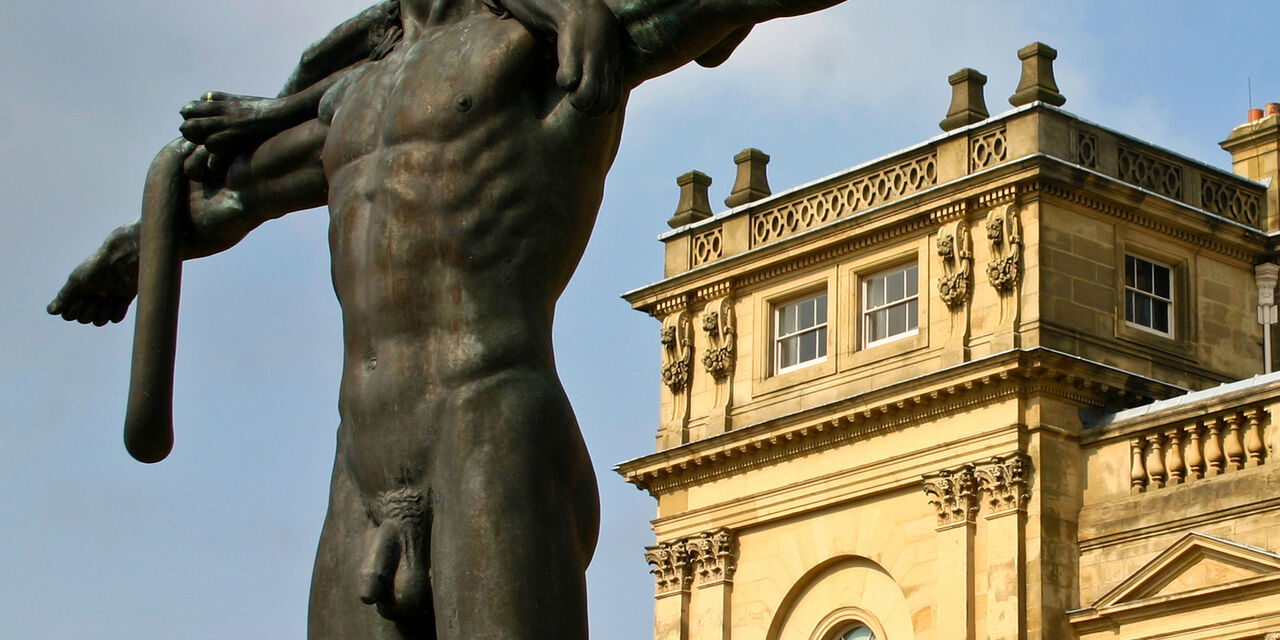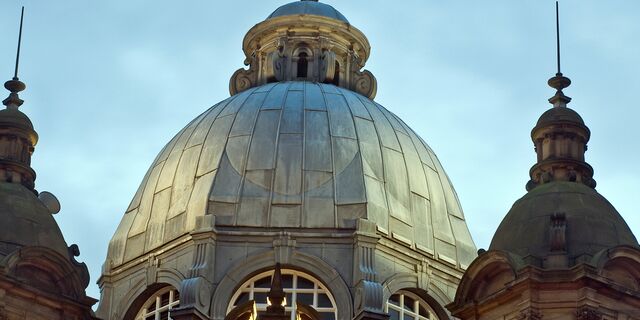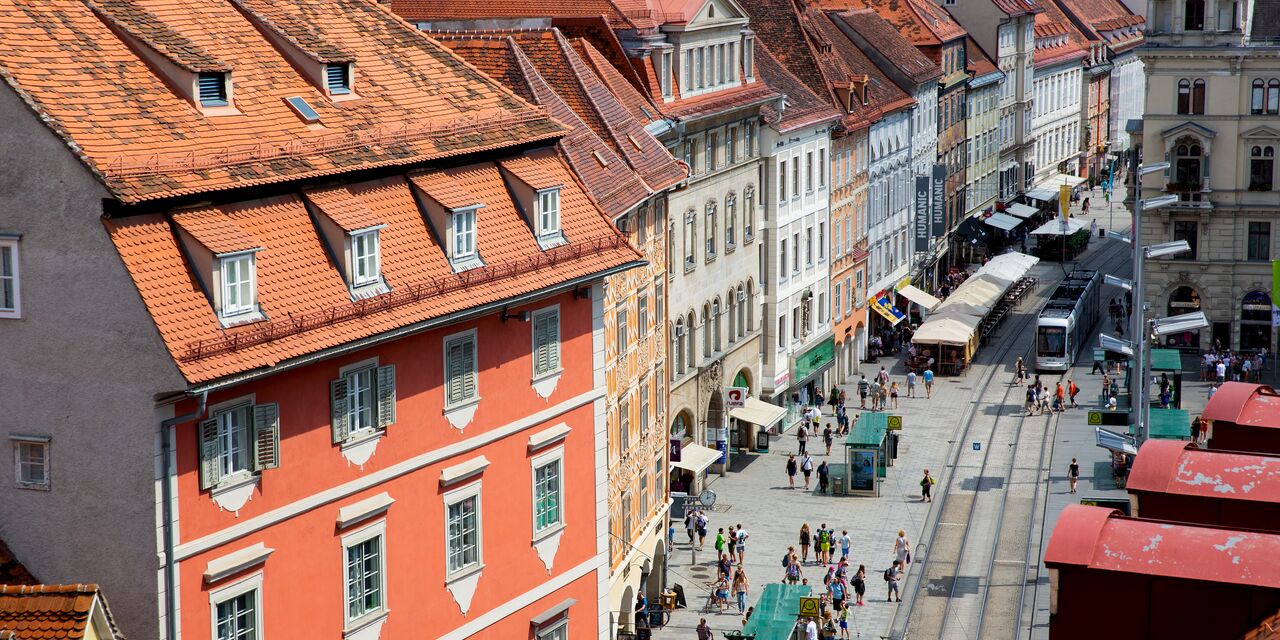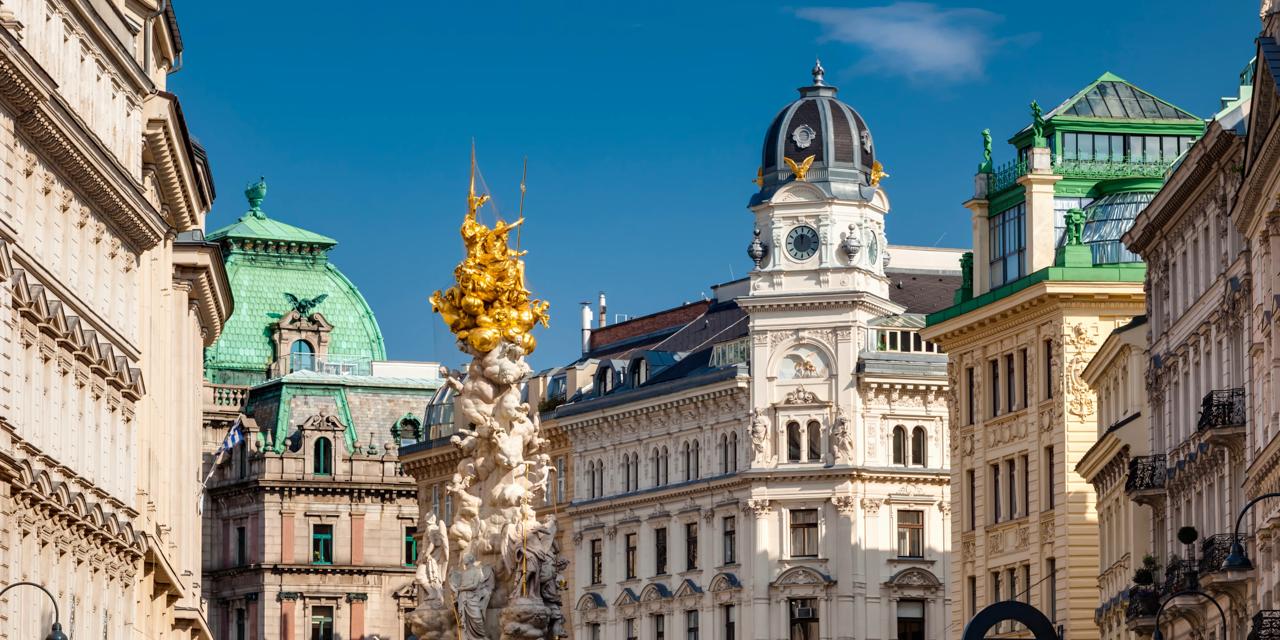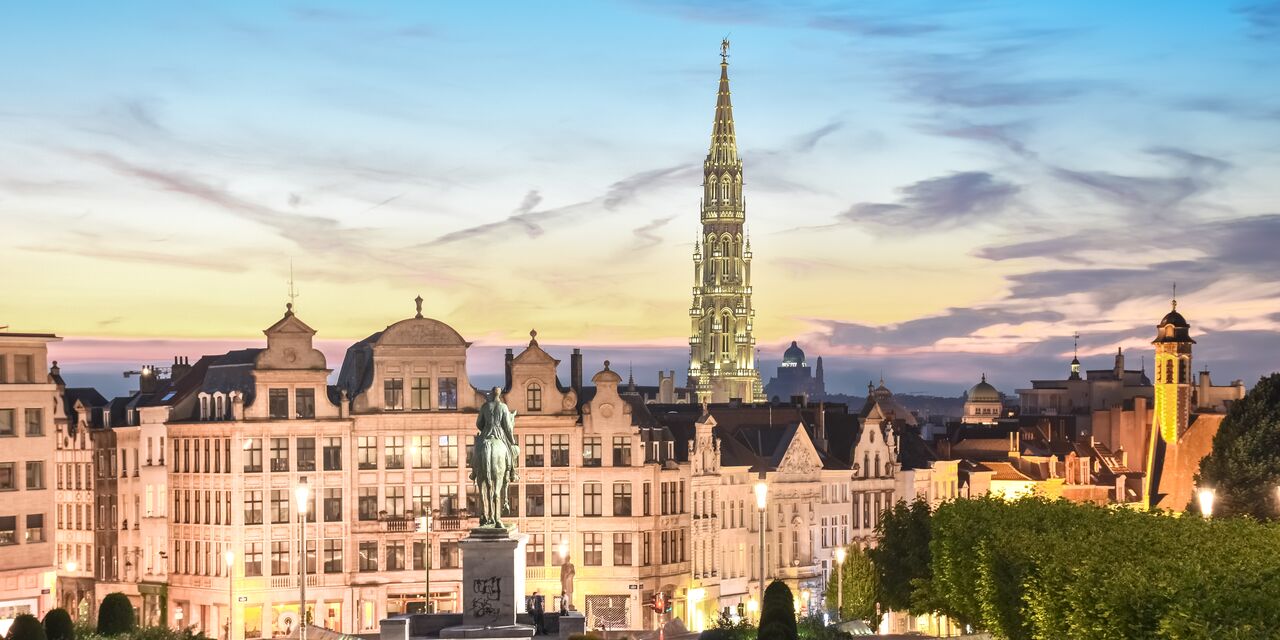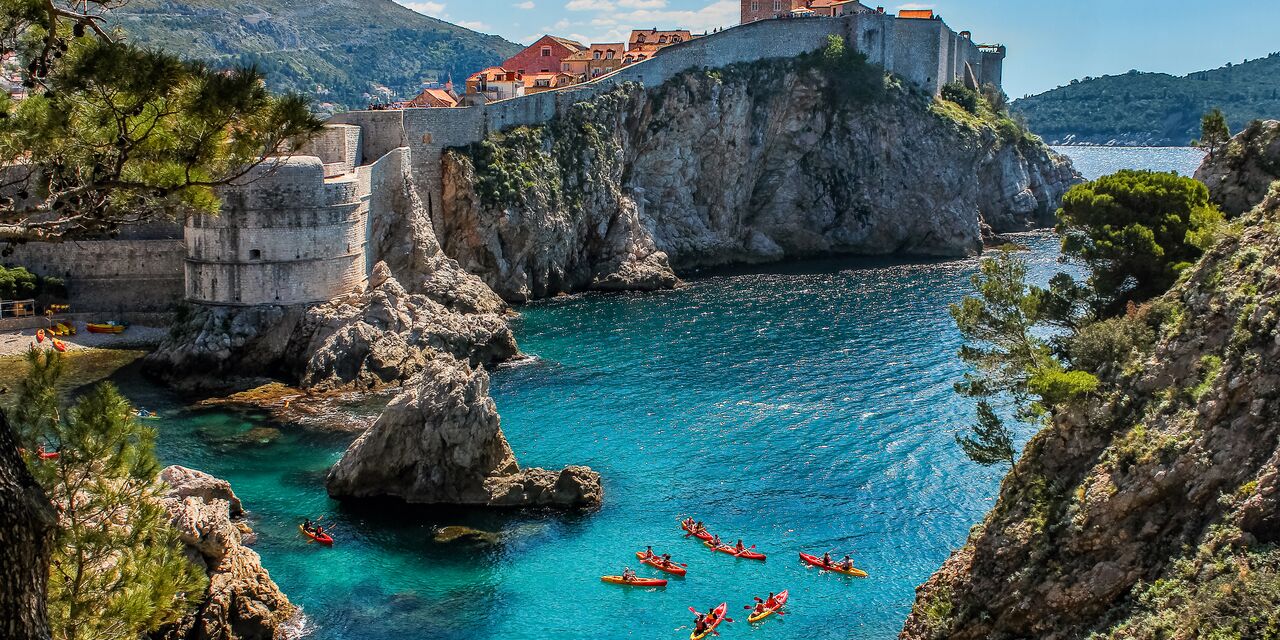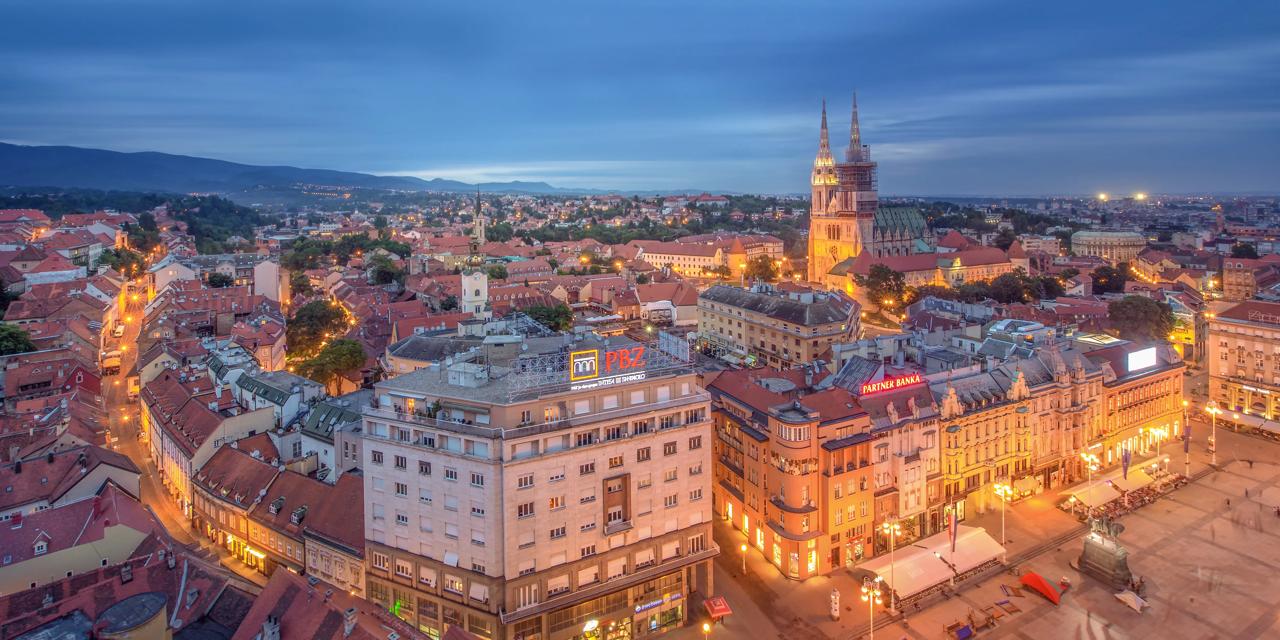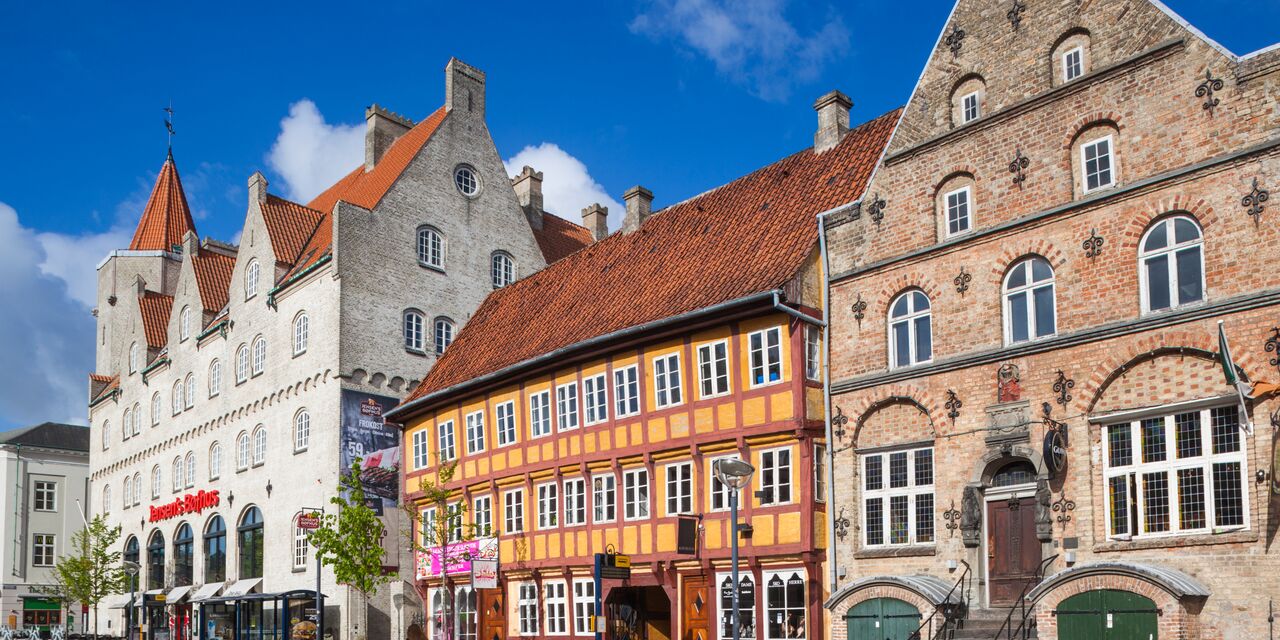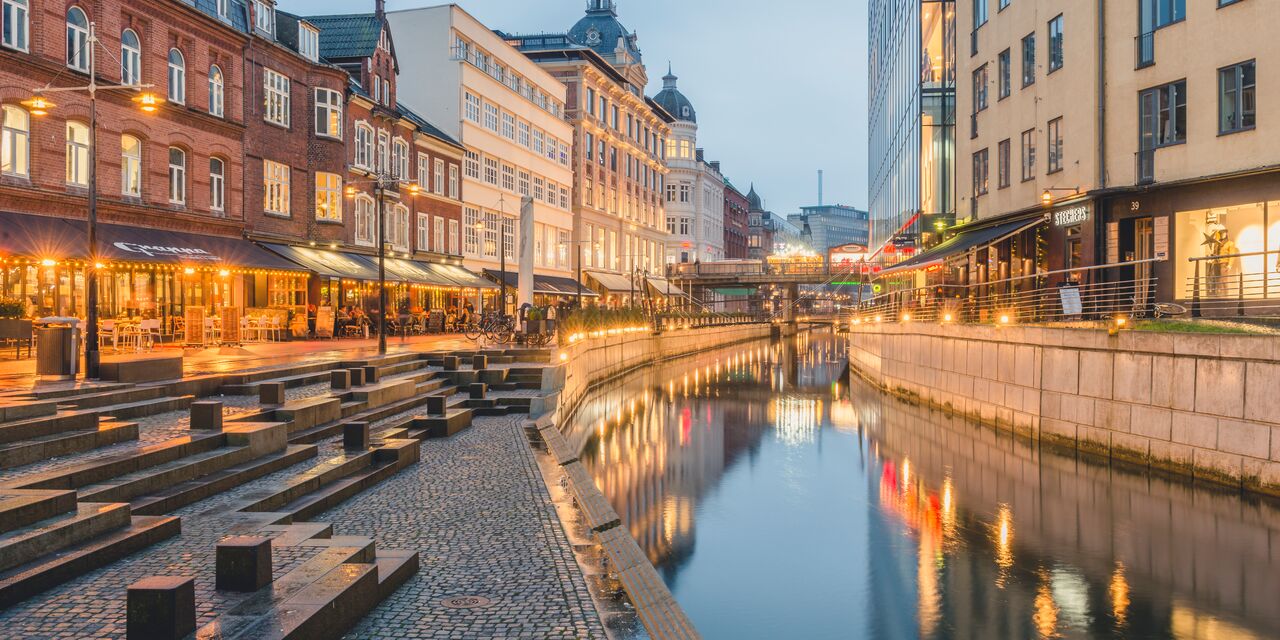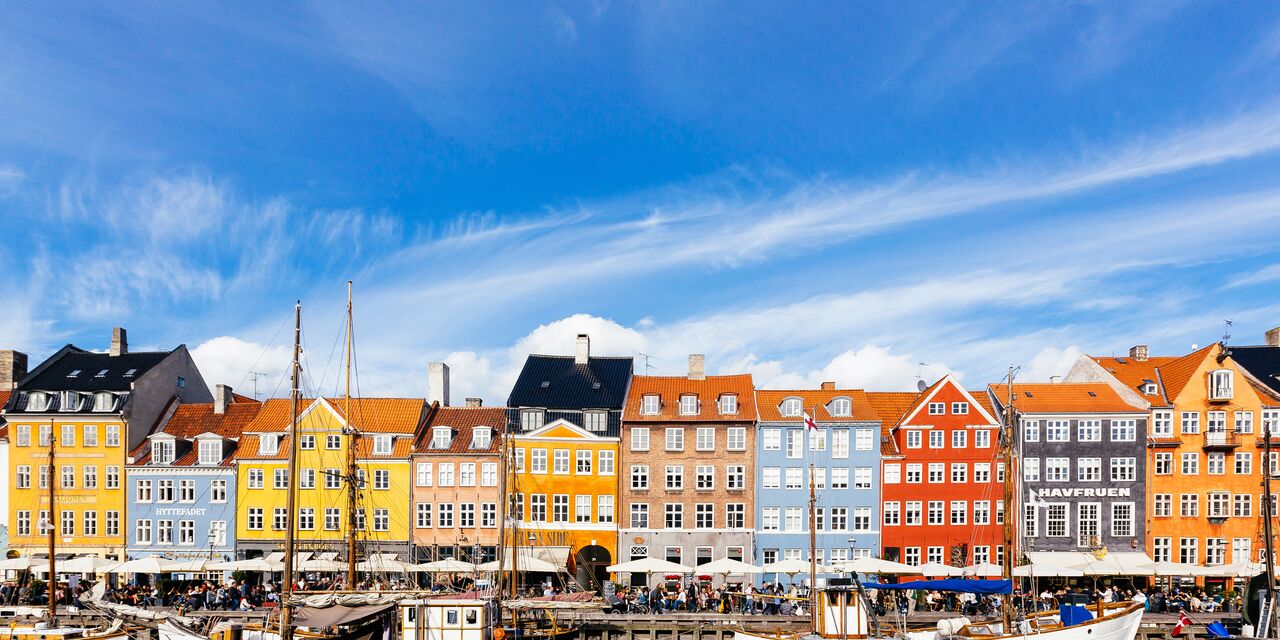No hidden history
Harewood House is a living education tool. The Lascelles family made its fortune in the sugar and slave trade. Although not unusual for British merchants, this was not something to be flaunted. However, the Lascelles family is not embarrassed to show the origins of riches and wealth. In the past, Harewood House has organised an exhibit on the history of slavery and conducted research on this topic, in collaboration with the University of York. This had complemented the historic overview. The many generations who have lived in Harewood House have contributed to its diverse art collection. As befits a noble family, there are family portraits by artists Joshua Reynolds, John Hoppner and Thomas Lawrence. After the First World War, the 6th Earl of Harewood began to collect Renaissance masterpieces, including paintings by Titian and Tintoretto. The 7th Earl of Harewood was inspired by more modern art and acquired works by Picasso, Jacob Epstein and Walter Sickert. The grounds of Harewood House are well worth a visit. The landscape was created by famous landscape architect Lancelot 'Capability' Brown, the proverbial father of the English landscape style. He was responsible for creating the rolling countryside and designing fanciful water flows. Capability Brown wanted to design a varied landscape, and we can still see this today on the 100 acres that surround Harewood House. The grounds also include Harewood’s oldest garden, which supplied the kitchens with fresh fruits, vegetables and herbs, a garden with special flora from the Himalayas and a bird garden with exotic specimens.

Exceptional heritage
For the design of Harewood House, Baron Edwin Lascelles only wanted the very best and hired famous architect John Carr and interior designer Robert Adam. Master furniture maker Thomas Chippendale designed the furnishings. Harewood House is now listed as a national historic building in the North of England. It was awarded a Grade 1 listed building status due to its exceptional historic importance.

